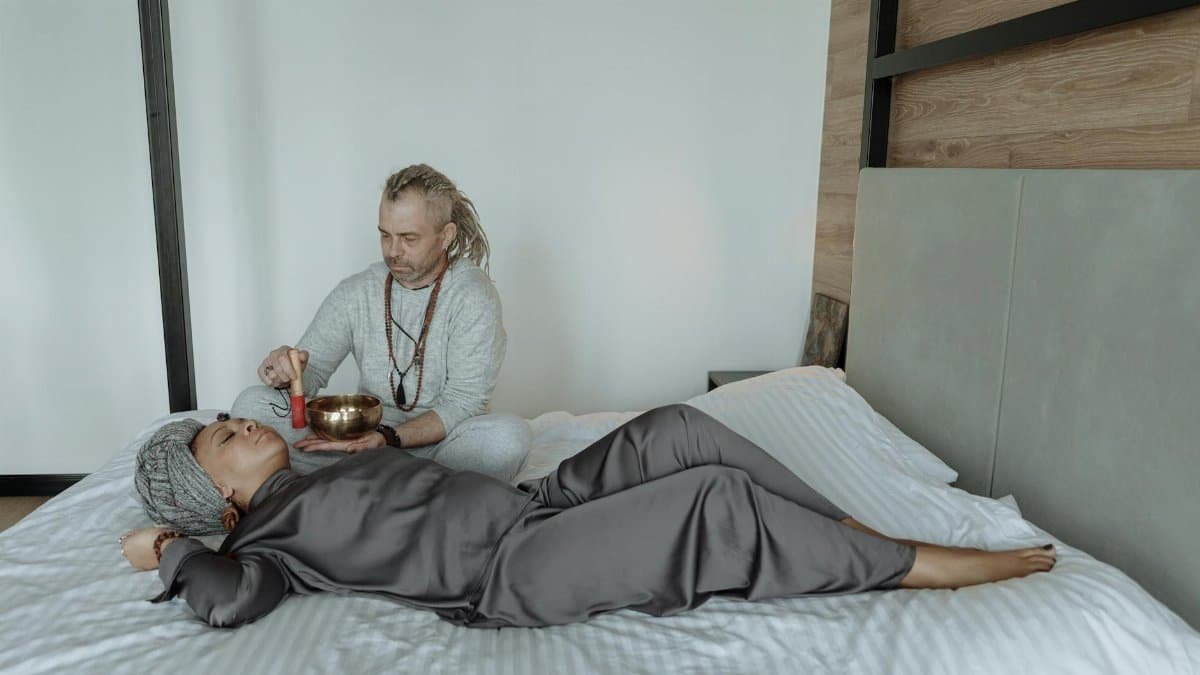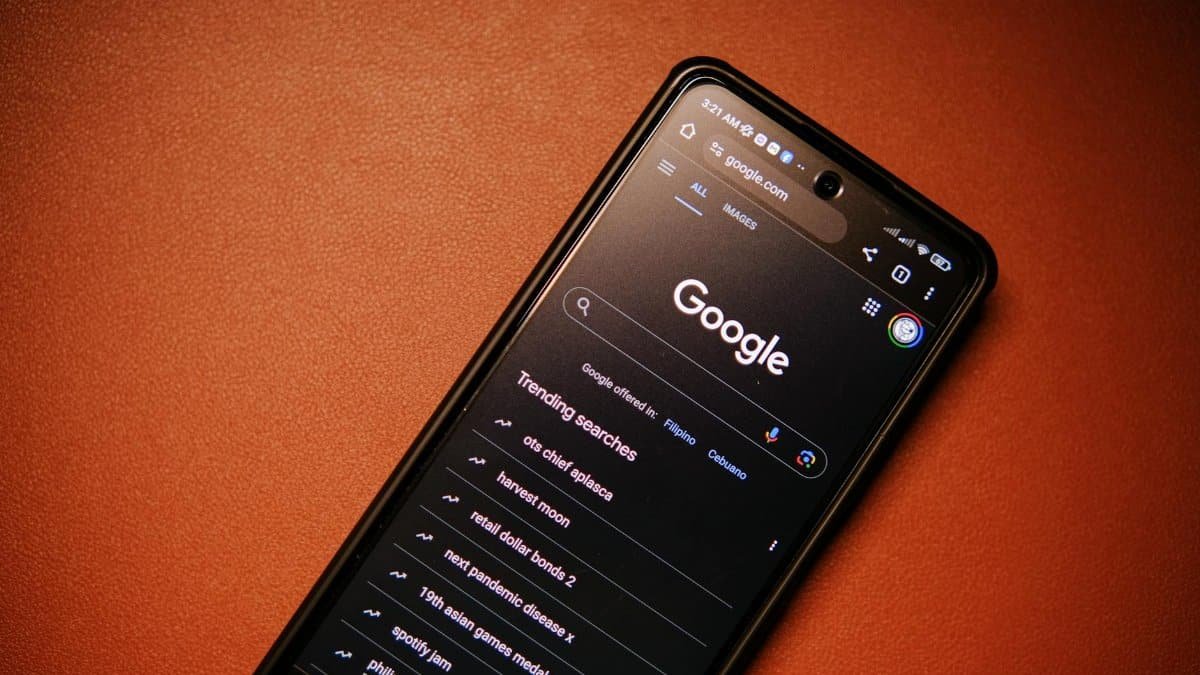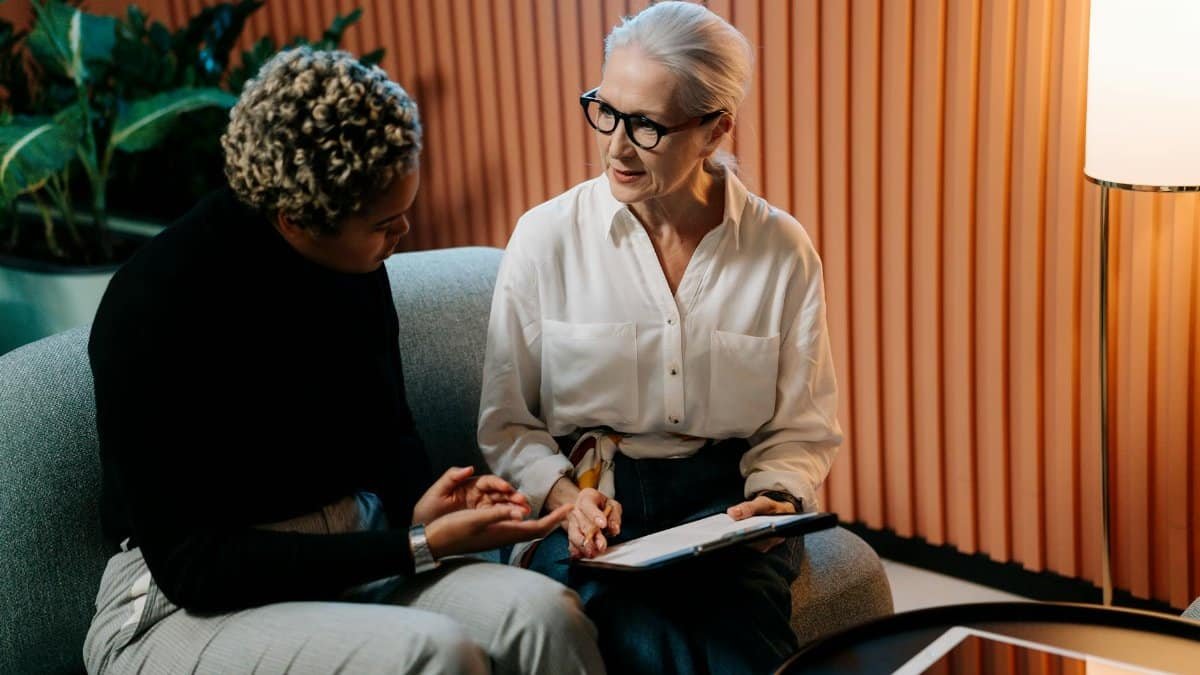Is your pursuit of wellness trapping you in an endless cycle? Mind-body healing promises transformation, but many Americans find themselves stuck, repeating the same practices without real progress. In 2025, with stress levels at record highs, experts say the key lies in understanding why these loops happen. This isn’t just about meditation or yoga—it’s about deeper integration. As a U.S. journalist, I’ve seen how overlooking emotional roots keeps people circling. Let’s break it down.
What Is Mind-Body Healing Exactly?

Mind-body healing refers to practices that connect mental states with physical health, like mindfulness, biofeedback, or tai chi. It’s gained traction in the U.S., with millions turning to it for relief from chronic pain or anxiety. But without a clear grasp, efforts can stall. Research from the National Institutes of Health shows these methods can lower blood pressure and improve mood when done right. The catch? Superficial application often leads to frustration.
Think of it as tuning an instrument. If the strings are off, no amount of playing fixes it. In America, where quick fixes dominate, this holistic approach demands patience that’s often in short supply.
The Hidden Emotional Barriers

One major reason for healing loops is unaddressed emotions. Trauma or suppressed feelings block progress in mind-body healing. Therapists note that ignoring these creates resistance. A study by Harvard Medical School highlights how emotional awareness enhances outcomes in practices like yoga therapy.
In urban centers like New York, people juggle high-stress jobs, leading to burnout. Without tackling underlying grief or anger, the body stays tense. Experts recommend journaling alongside physical exercises to break through.
For instance, a recent survey found 40% of participants felt stuck because they avoided emotional work. Linking to reputable sources, check the Harvard Health Publishing on mind and mood for more insights.
Overreliance on Trends and Apps

Apps promise easy mind-body healing, but they often foster dependency without depth. In 2025, downloads for meditation apps are booming, yet users report minimal long-term benefits. The issue? These tools treat symptoms, not causes.
A report from the Pew Research Center indicates that while 29% of U.S. adults use wellness apps, satisfaction drops after initial use. Real healing requires personalized guidance, not generic prompts.
People get caught in loops by chasing the next trend, from sound baths to virtual reality mindfulness. Sticking to evidence-based methods, like those endorsed by the CDC, helps avoid this trap. See the CDC’s mental health resources for grounded advice.
Lack of Consistency and Routine

Consistency is crucial, but erratic schedules derail mind-body healing. Many start strong with daily yoga, then slack off, creating a loop of guilt and restart. U.S. workers, facing long hours, struggle to maintain routines.
Studies show that irregular practice yields poor results. Building habits, like setting fixed times, counters this. Experts suggest starting small, perhaps 10 minutes a day, to foster momentum.
In cities like Los Angeles, where wellness culture thrives, inconsistency remains a top complaint. Tracking progress via simple journals can reveal patterns and encourage steadiness.
Ignoring Physical Health Connections

Mind-body healing isn’t just mental; physical factors like diet or sleep play in. Neglecting nutrition leads to loops where energy crashes halt progress. Research links poor gut health to mood disorders, amplifying the need for holistic care.
Americans often separate mind and body, but integration is key. For example, omega-3 supplements can support brain function during meditation. Without this, efforts feel futile.
Clinics across the U.S. report better outcomes when patients combine therapies. Addressing sleep hygiene, for instance, boosts overall efficacy.
The Role of Community and Support

Isolation fuels healing loops. Mind-body healing thrives in groups, yet many go solo. Joining classes or online forums provides accountability and fresh perspectives.
In 2025, virtual communities are rising, helping remote workers connect. A study from the American Psychological Association underscores social support’s impact on resilience.
Without it, motivation wanes. Real stories show that sharing experiences breaks isolation, turning stalled journeys into shared successes.
Measuring Progress Wrongly

Expecting instant results sets up failure. People measure mind-body healing by quick wins, ignoring subtle shifts like better focus. This mindset creates loops of disappointment.
Experts advise tracking qualitative changes, not just metrics. Journals or apps that log moods help spot gradual improvements.
In the U.S., where productivity obsesses, patience is rare. Reframing success as ongoing growth shifts the dynamic.
Overcoming Resistance to Change

Deep-seated habits resist new practices, causing loops. Fear of vulnerability in mind-body healing keeps people stuck in comfort zones.
Therapy integrated with physical methods addresses this. U.S. trends show rising interest in somatic experiencing, which releases stored tension.
Starting with gentle steps, like breathwork, eases entry. Persistence pays off, as evidenced by long-term practitioners.
Integrating Professional Guidance

Self-guided efforts often loop without expert input. Coaches or doctors provide tailored plans, preventing common pitfalls.
In America, access to integrative medicine is growing. Clinics combine conventional and alternative approaches for better results.
Seeking help isn’t weakness; it’s strategic. This integration turns repetitive cycles into linear progress.
Moving Forward Beyond the Loop

Breaking free requires awareness and action. Recognize your patterns in mind-body healing, then adjust. With U.S. wellness spending soaring in 2025, informed choices matter.
Combine insights from emotions, routines, and support to advance. True healing isn’t linear, but avoiding loops accelerates the path.
